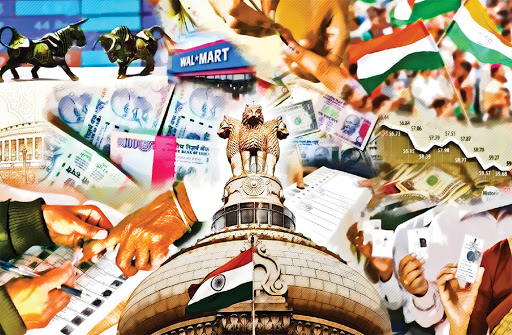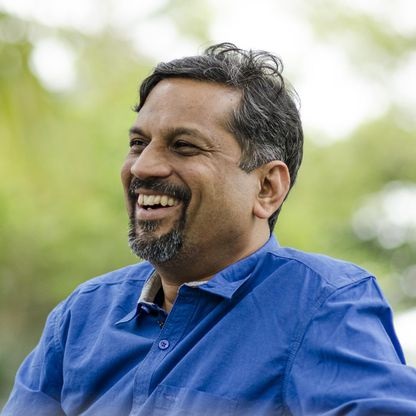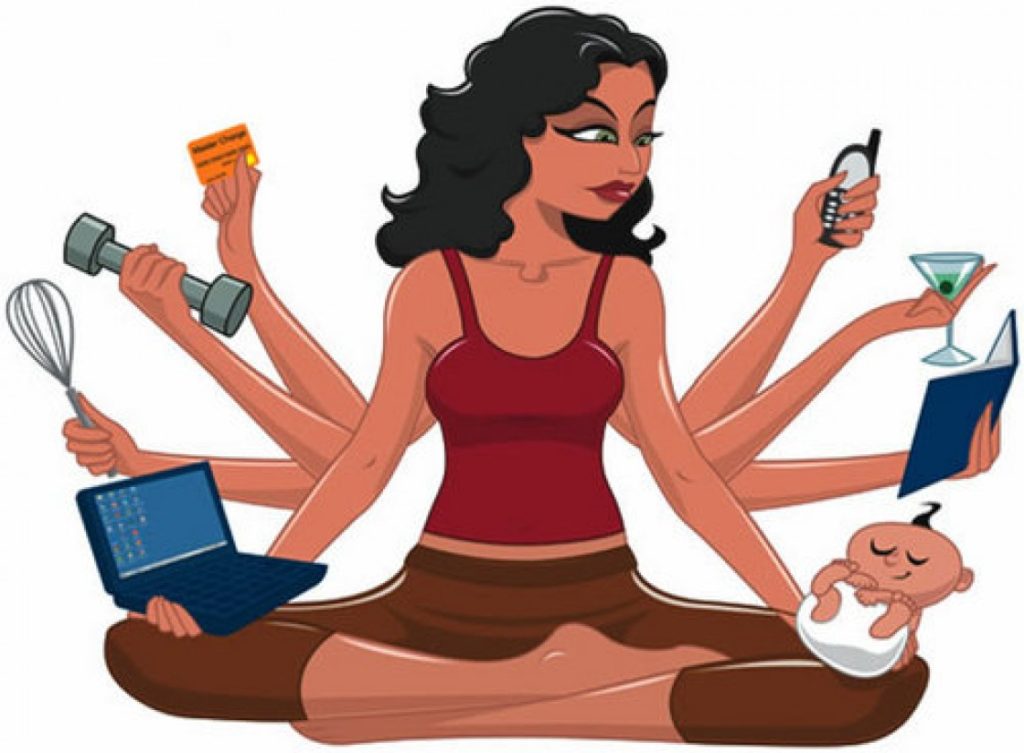A recent research by Pew on the Indian voters, turned in pretty interesting but unsurprising results. Narendra Modi continues to be the most popular Indian politician, scoring 88 points and defeating his closest challenger Rahul Gandhi (58%) by almost thirty points. On being surveyed, the voters attributed this popularity to the country’s economic rise, and strong management under him. While the latter is a matter of public opinion, economic forums, and people interested in the country’s economy would absolutely disagree with the former.
India’s economy has seen a steep fall under Modi’s rule after the introduction of his flagship demonetisation scheme. The country’s GDP growth rate decimated to an abysmal 5.7% low, dethroning itself in the process from it’s previously held “fastest growing major economy” tag. All this did not matter in the run up to the Uttar Pradesh elections, India’s largest constituency, of the ruling-BJP party, which recorded a massive victory in the legislative assembly elections. There’s little indication that things will be any different for BJP in Gujarat, the party’s strongest fortress.
All of this point out something very strongly – that the economic equation plays little to no importance in the Indian political discourse. Modi’s 2014 political campaign was based on the promises of economic development, and massive change in infrastructure and governance. There’s little political debate needed to underline the fact that Modi, so far, has failed to deliver ‘acche din’. Since his arrival, not only has India’s economy taken a turn for the worse, but so has it’s employment rate. Unemployment rates in India are rising steeply for the first time in a few decades, as India’s major employment sector, the IT industry, is going through a rough patch. Since demonetisation and the introduction of GST, the domestic small scale industries have taken a huge hit resulting in massive lay-offs. According to estimates, 1.5 million people have lost their jobs across all sectors in the beginning of 2017. India’s spending on education has also dropped down to an embarassing 3.71%, as compared to 4.57% of the UPA regime. 1 crore jobs are nowhere to be seen, and large scale domestic industries aren’t in the radar either.
The US 2016 elections featured an electoral decision which preferred protectionism and economic growth. Donald Trump’s economic preferences played a key factor in his way to the White House. Similar factors influenced elections in France, where the French preferred a pro-EU Macron instead of the nationalist Le Penn. Economics should be a key factor in any democratic system. While European or American politics pivot on the economic equation, the major clout in Indian political debate is still grappled by the question of eating beef. Here, social factors such as display of patriotism in cinema halls, or “anti-national” college students dominate the political discourse instead of a researched debate on the economic position of the country.
Analysts may blame the divisiveness in the country’s extensively diverse communities for it’s fallacious preferences, but that should not be an acceptable justification for the voter’s lack of political consciousness. Social factors such as religion and linguistic identities still play the most important factor in the run up to the Prime Minister’s office. Such nature in the electorate allows political parties to deflect attention to things which deserve our least concern, instead of more important matters at hand. The culture needs to change, and it should change fast if we are to grow as a nation.














Leave a Reply